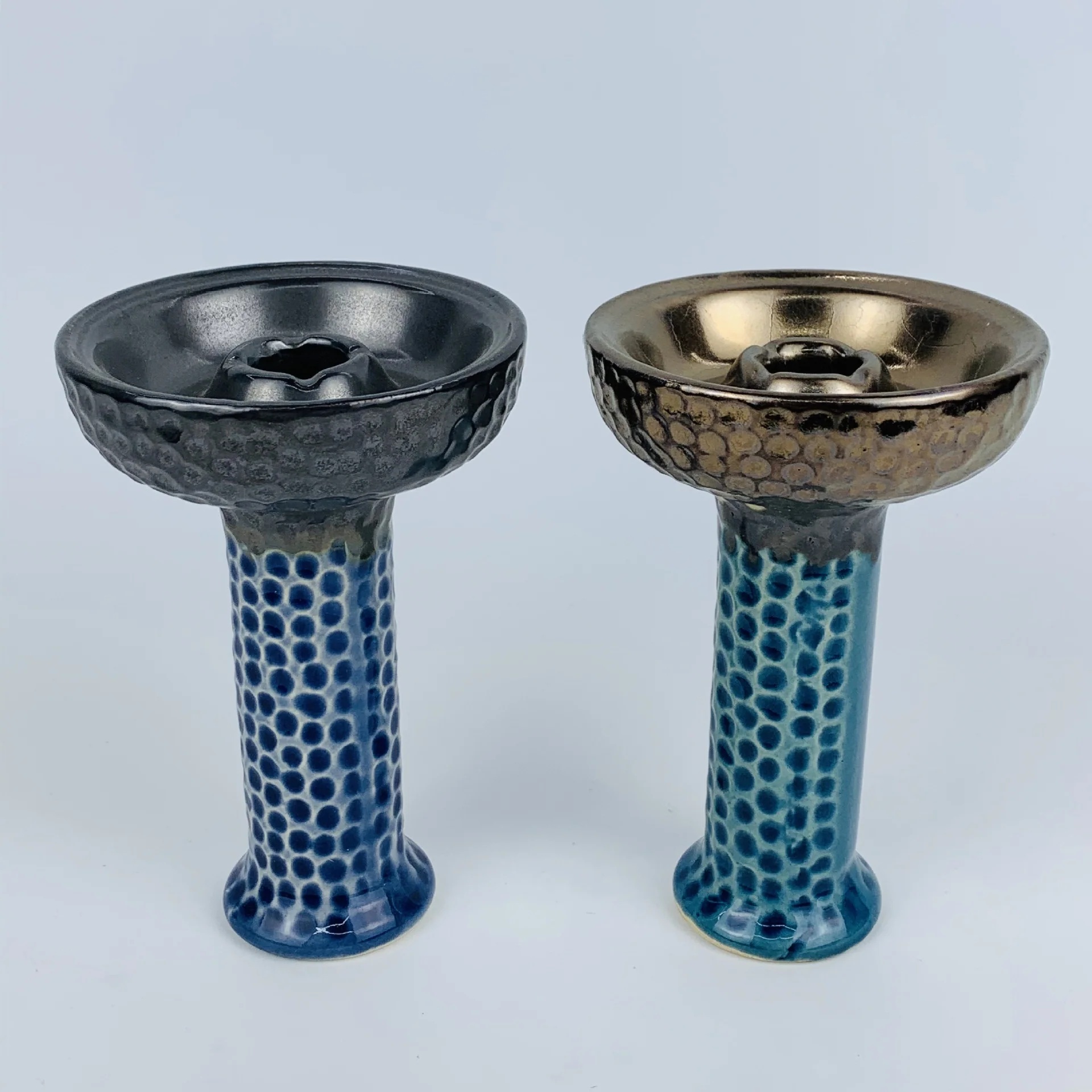Your attire is more than just a mix of clothes. It’s a nonverbal expression of your work ethic and professionalism. Business casual lets you look professional while still being flexible.
A blazer that is well-fitted will define your waist and add polish. It can be worn with high-waisted trousers or pencil skirts to create a feminine silhouette.
Tips for a Fashionable Outfit
Business casual outfits should showcase your individual style and not a copy of what everybody else is wearing at work. A well-thought-out look demonstrates your professionalism, attention to detail and competence. It’s also a non-verbal method of demonstrating your confidence and ability to be successful in the workplace.
The right pair of jeans can help you create a business-appropriate, sophisticated look. Select a dark wash that has little or no distressing and fading. It can be paired with a well-fitting coat and dress shirt. For a feminine and elegant look, to elevate the look, you can opt for an open-leg or trouser design. For a professional look, shoes should be polished.

In casual business environments, sneakers are appropriate. But you must keep the casual look of your footwear by wearing a button-down shirt or shirt that is well-pressed. It is also possible to choose a classic black turtleneck or a structured blazer.
Use feminine elements like tie necks or lace in your outfit to show off your individuality and personality. You could also pick the right pair of wide-leg pants or a pencil skirt that is tailored which flatters your body form and compliment your outfits. A tailored pant can be a great alternative to a jacket or suits, especially for women who don’t like wearing skirt suits. Choose a field coat for an easy, but refined appearance.
The Best Business Casual Clothes for Your Body Type
If you’re looking for workwear, choosing pieces that flatter your shape isn’t easy. If you have the right outfits that match your body shape, you’ll look and feel good. Fitted blazers and figure-hugging pants or suit jackets are some of the business casual clothes that are suitable for various body kinds. Additionally, there are knitted sweaters and turtlenecks.
For women who have an apple, pear or an hourglass shape, a sheath dress or fit-and flare style with a waist cinched is ideal. It is possible to add volume to the lower half of your body by wearing flowing tops such as wrap-dresses. Add a statement accessory like a chic belt, hat or scarf to highlight your waist.
Straight-cut jackets will improve your body shape if you have a rectangle body type. It’s also a good idea to wear a blazer, suit jacket or blazer that touches your hips. In winter, a longer jacket or coat will lengthen your legs. Avoid oversized jackets that will emphasise your square body shape and choose a jacket that has ornaments on the shoulders or chest, to broaden your frame. Also, avoid wearing any item that draws attention to your stomach. Find an appropriate belt to flatter your body shape or adds accessories to define the waist.
How to dress Business Casual to suit different body shapes
When you are trying to dress according to your body type there are plenty of choices available. You can use your frame to create flattering outfits and feel confident. Accessories can be utilized to highlight specific parts of your frame, and create a an overall look.
If, for instance, you are a rectangle-shaped body shape type, you can wear shirts with details like plackets, buttons pockets, cuffs, and pocket flaps to increase the volume of your chest area. Choose blouses that have a long neckline. This will slim your shoulder and give you a proportionate look. For men who have a rectangular shape, shirts with belted or nipped waistlines may help define the waistline.
You can highlight your pear-shaped body by wearing a wrap dress jumpsuit, or any other piece which emphasizes your waistline. This can draw attention to your figure. You can wear a fitted and flared dress or sheath-style with a cinched-in waist to give a curvier style.
It is possible to highlight your shoulders If you have an inverted triangular shape by wearing patterns or fitted tops that have scoop necklines. Use a well-constructed hat or aviator glasses to complement your appearance and highlight the width of your shoulders. Consider experimenting with bow tie, stylish ties or tie styles that compliment your body shape while adding visual interest and try here now https://aristino.com/ao-nam/ao-blazer-nam/.
Astonishing Business Casual Wear
A polo shirt can be the most important piece of a casual outfit. It sits in that perfect spot between formality and informality that is more elegant than a regular t-shirt but not as rigid as jackets. Avoid polo shirts with logos that are large and choose ones made of Supima cotton. A light cardigan or blazer could be an excellent addition to men’s business casual outfits, particularly in the winter months.
For formal attire for women skirts and dresses work best, especially when the blouses that go with them are suitable for an office setting. A pencil, A-line or pleated skirt with a solid color or a subtle pattern is appropriate. Ann Taylor, for example, has a wonderful collection of pencil skirts that are appropriate for work. Consider an oversized wrap dress or shift dress to showcase your fashion sense at work without looking casual.
For spring and summer, a wide-strapped top or blouse that has cap sleeves are good choices. Light sweaters in pastel shades also can be worn. In cooler weather, look for cardigans and blazers in neutral shades such as black, gray, and navy. Also, look for jackets that are in other colors, like forest green, burgundy and denim. Shoes with a closed toe, such as flats or loafers, are ideal for casual wear. If you’re employed in a workplace that promotes sneakers, go for these. If not then stick with designer boots or sneakers.








 The creature extended a long, bony finger toward her, and with a mischievous grin, it tapped the top of her pumpkin-shaped candy bucket. A soft glow filled the bucket, and when Lily looked inside, she gasped. Her candy had been replaced by tiny, glowing pumpkins, each one grinning with a different face. The Creepy Creature let out a low, echoing laugh and gestured for her to follow. Hesitant but intrigued, Lily followed the creature through the pumpkin patch, where the other Creepy Creatures were emerging from the shadows. They danced around her, their movements quick and playful, their glowing eyes flickering in the dark. As they reached the center of the patch, a circle of pumpkins lit up, casting a warm, orange glow on the scene. The Creepy Creatures gathered around Lily, each holding a small pumpkin of their own. They began to hum a strange, haunting tune that seemed to resonate with the very ground beneath them.
The creature extended a long, bony finger toward her, and with a mischievous grin, it tapped the top of her pumpkin-shaped candy bucket. A soft glow filled the bucket, and when Lily looked inside, she gasped. Her candy had been replaced by tiny, glowing pumpkins, each one grinning with a different face. The Creepy Creature let out a low, echoing laugh and gestured for her to follow. Hesitant but intrigued, Lily followed the creature through the pumpkin patch, where the other Creepy Creatures were emerging from the shadows. They danced around her, their movements quick and playful, their glowing eyes flickering in the dark. As they reached the center of the patch, a circle of pumpkins lit up, casting a warm, orange glow on the scene. The Creepy Creatures gathered around Lily, each holding a small pumpkin of their own. They began to hum a strange, haunting tune that seemed to resonate with the very ground beneath them.

 Assuming these diamond decorations are blended in with the drawing in magnificence of golden items then the mix will give a pleasant gorgeous character whoever is wearing that jewelry. The most intriguing and drawing in piece of golden jewelry is the fine sparkling got with the exact cuts by utilizing different valuable stones of golden. What’s more, the most amazing aspect of golden diamond earrings is that you will have a great many choices in tones,
Assuming these diamond decorations are blended in with the drawing in magnificence of golden items then the mix will give a pleasant gorgeous character whoever is wearing that jewelry. The most intriguing and drawing in piece of golden jewelry is the fine sparkling got with the exact cuts by utilizing different valuable stones of golden. What’s more, the most amazing aspect of golden diamond earrings is that you will have a great many choices in tones,